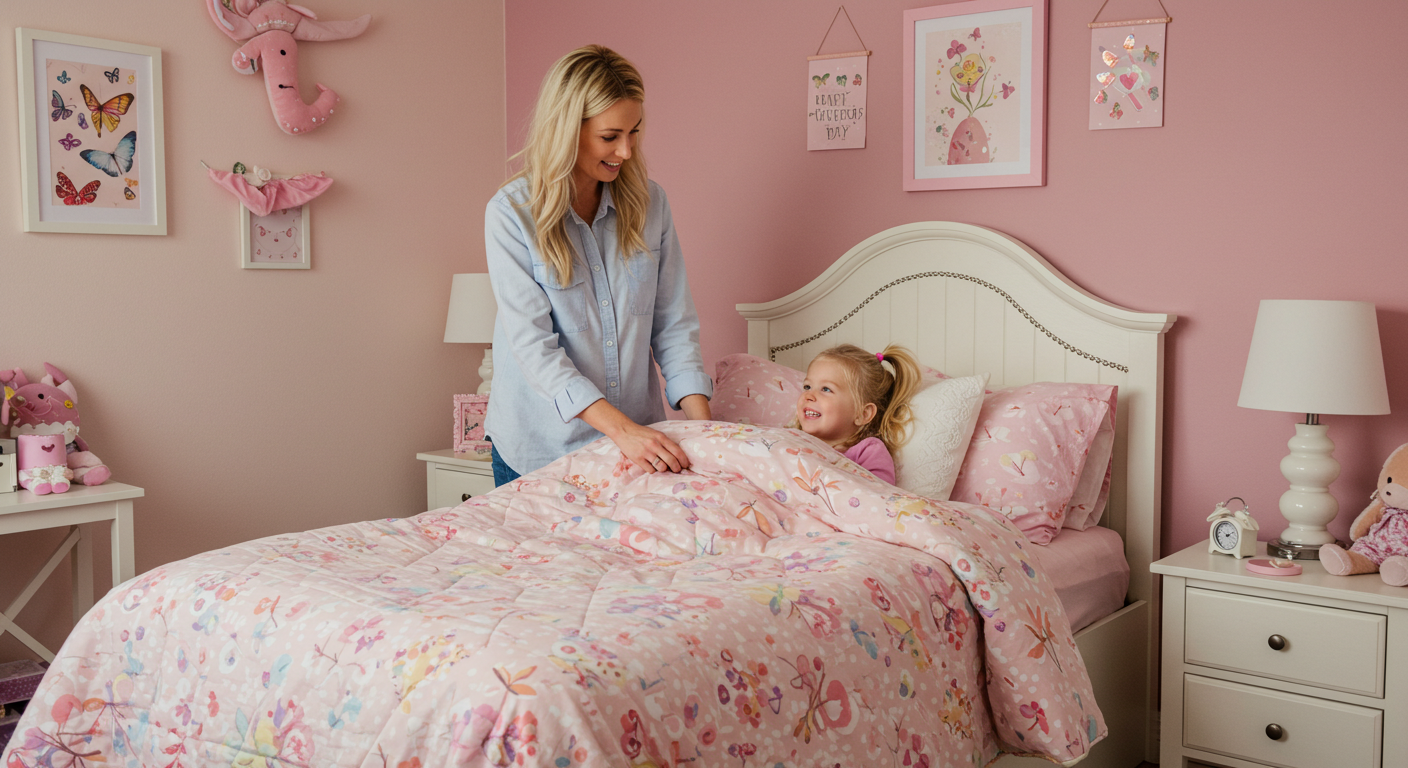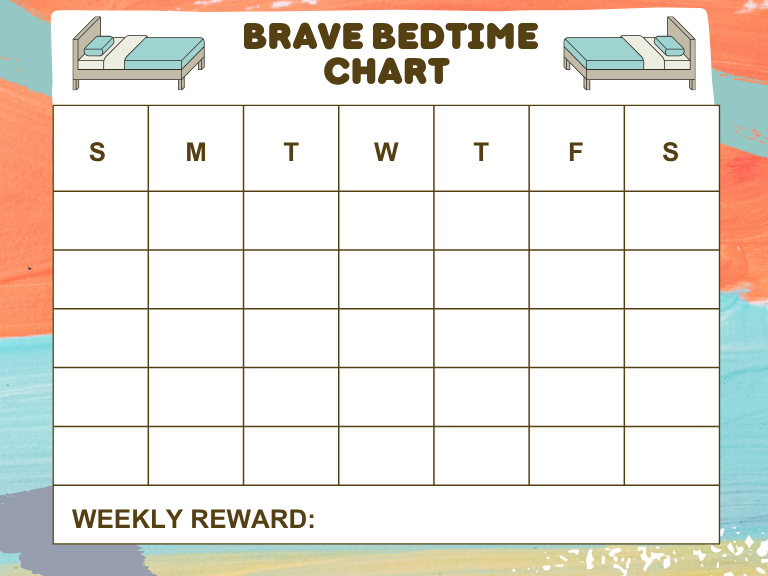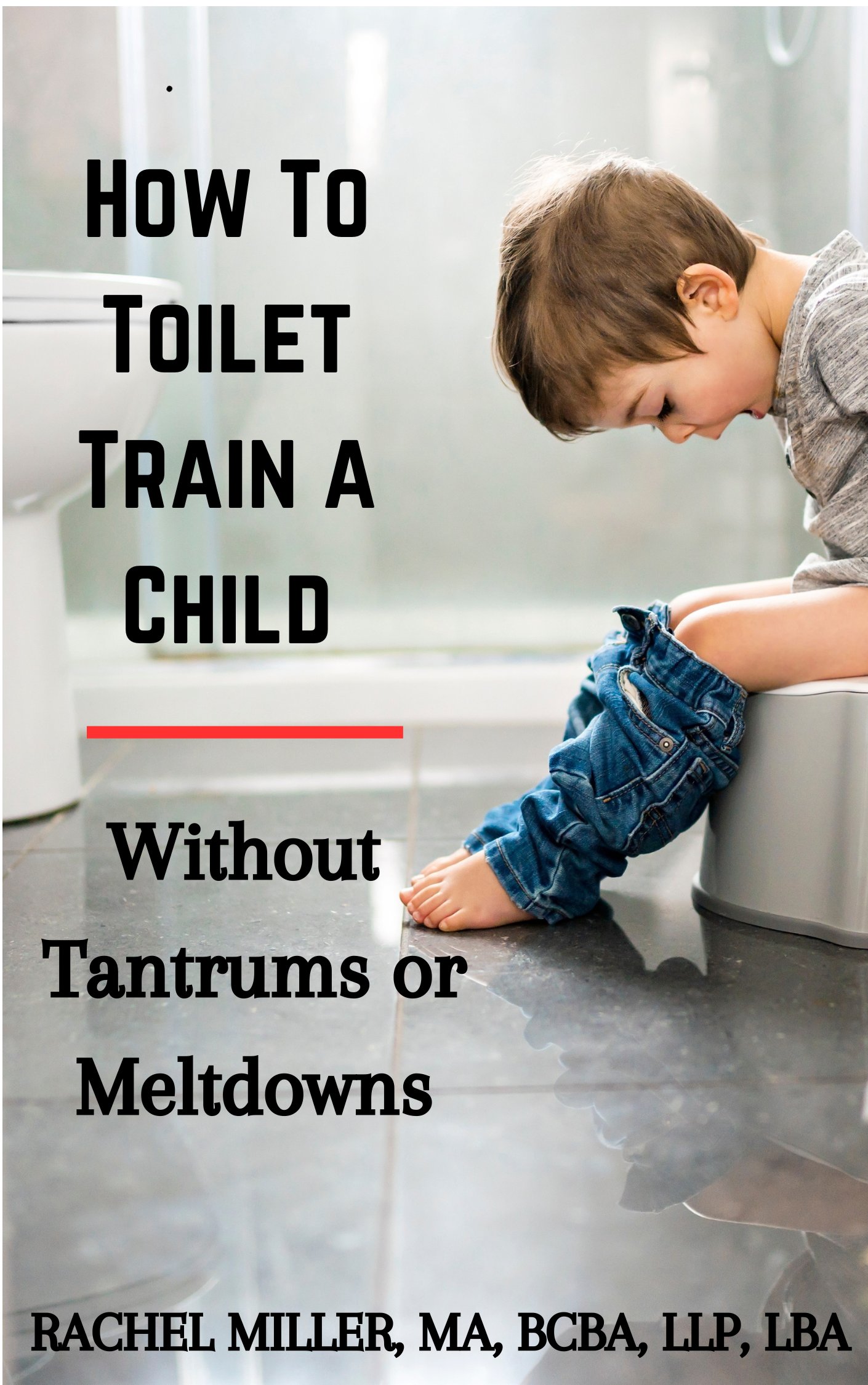Bedtime Reward Chart:
Free Printable to
Help Kids Build Brave Nighttime Routines

Bedtime battles are all too common for families with young children. Whether it’s fear of the dark, separation anxiety, or endless delaying tactics, getting your child to wind down and fall asleep peacefully can feel like a nightly challenge. If you’re looking for a gentle, effective way to help your child develop a consistent bedtime routine — while building confidence and independence — a bedtime reward chart can make all the difference. In addition to that, you may also use an animated bedtime social story video from Brave Kid Adventures to help guide your child through what to expect at bedtime in a calm and reassuring way.
Why Sleep (in Their Own Bed) Matters for Kids
Good sleep isn’t just about getting through the night — it’s one of the most important factors in a child’s emotional, physical, and cognitive development. Yet many families struggle with children who won’t sleep in their own bed, or who resist bedtime altogether.
Here’s why helping your child build a consistent bedtime routine in their own space is so valuable:
Better Sleep Quality = Better Brain + Mood
Children who sleep in their own beds typically get more restful and uninterrupted sleep, which is crucial for:
- Memory and learning
- Emotional regulation
- Physical growth
- Immune system strength
- Focus and behavior during the day
When a child moves between rooms, falls asleep on the couch, or stays up too late waiting for a parent, sleep can be fragmented — leading to grogginess, irritability, or even developmental delays if it becomes a pattern.
Independent Sleep Builds Confidence
Sleeping in their own bed helps children develop self-soothing skills and confidence. It sends the message: "You're safe and capable of doing this on your own." Over time, this independence becomes a powerful foundation for resilience in other areas of life.
Routine = Protection Against Late Nights
Without a clear bedtime routine, especially one tied to their own room and their own sleep space, children often stay up far later than their bodies need — particularly if they’re waiting for a parent to go to bed too.
Many parents don’t wind down until 9 or 10 PM, but young children need significantly earlier bedtimes — often between 7:00–8:30 PM depending on age. A reliable, child-centered bedtime routine helps ensure your child isn’t staying up simply because you're still awake.
What Is a Bedtime Reward Chart?
A bedtime reward chart is a simple, visual tool that helps kids follow bedtime routines. Children earn stars, stickers, or checkmarks for completing tasks like brushing teeth, putting on pajamas, or staying in bed through the night. This builds motivation through positive reinforcement — not pressure or punishment.
The reward could be something as small as choosing tomorrow’s bedtime story, picking their favorite pajamas, or earning a weekend treat. The key is consistency and encouragement, especially for children who experience nighttime anxiety or resistance. Showing your child a social story, like the one featured below, in addition to using the chart, is a great way to help your child overcome anxiety about sleeping in their bed all night.
Why This Works for Kids
Children thrive on structure. Knowing what to expect gives them a sense of control and reduces stress — especially during transitional times like bedtime. A reward chart turns bedtime into a predictable, game-like experience where kids are actively involved in their success.
Common bedtime challenges this chart can help with:
- Resistance to going to bed
- Fear of sleeping alone or in the dark
- Getting out of bed repeatedly
- Tantrums and emotional meltdowns
- Overdependence on parental soothing
Using a bedtime chart teaches children that they are capable, brave, and responsible for their actions — even at the end of the day.
Introducing the Brave Bedtime Reward Chart (Free Printable!)

You can download the chart by filling out the form below and the chart will be sent to your email.
BONUS: Watch the Bedtime Social Story Video
To make bedtime routines even more relatable and calming for your child, we recommend watching this short bedtime social story video from Brave Kid Adventures together.
This gentle story walks kids through the steps of a bedtime routine in a warm and reassuring way — perfect for children with separation anxiety, autism, or difficulty with transitions.
Watching this video before starting your Brave Bedtime Chart can help your child visualize what to expect and feel more prepared and confident.
How to Use the Brave Bedtime Chart
Here’s how to make your bedtime reward chart a success:
1. Set Clear Expectations
Review the chart with your child and explain the bedtime steps. Keep language simple and age-appropriate.
2. Start Small
Begin with just 1 behavior to reward on the chart, such as completing a bedtime routine, if your child is very young or resistant. Once your child is consistently doing a routine, then work on staying in bed until asleep. From there you can slowly progress to staying in bed all night long.
3. Use the Brave Stickers Wisely
Even if your child has a tough night, reward effort and bravery. Did they stay in bed a little longer than usual? Calm down without calling you? That’s worthy of a Brave Star!
4. Celebrate Progress
Let your child see their chart fill up day by day. Celebrate at the end of the week with a reward — like a pajama dance party, slumber party with a chosen parent or friend, picking a movie, or staying up 15-30 minutes later on a Friday night.
Who This Chart Is For
The Brave Bedtime Chart and bedtime social story are especially helpful for:
- Preschoolers and early elementary-aged children (ages 3–9)
- Kids with nighttime fears or anxiety
- Children with autism or sensory sensitivities
- Families looking to reduce bedtime power struggles
- Parents wanting to build positive routines without stress
My Brave Bedtime Reward Chart is designed to support independence by helping kids build predictable, positive sleep routines in their own bed — leading to better sleep, healthier habits, and happier mornings.
If you haven't already, be sure to check out my ebooks, now on Amazon!

